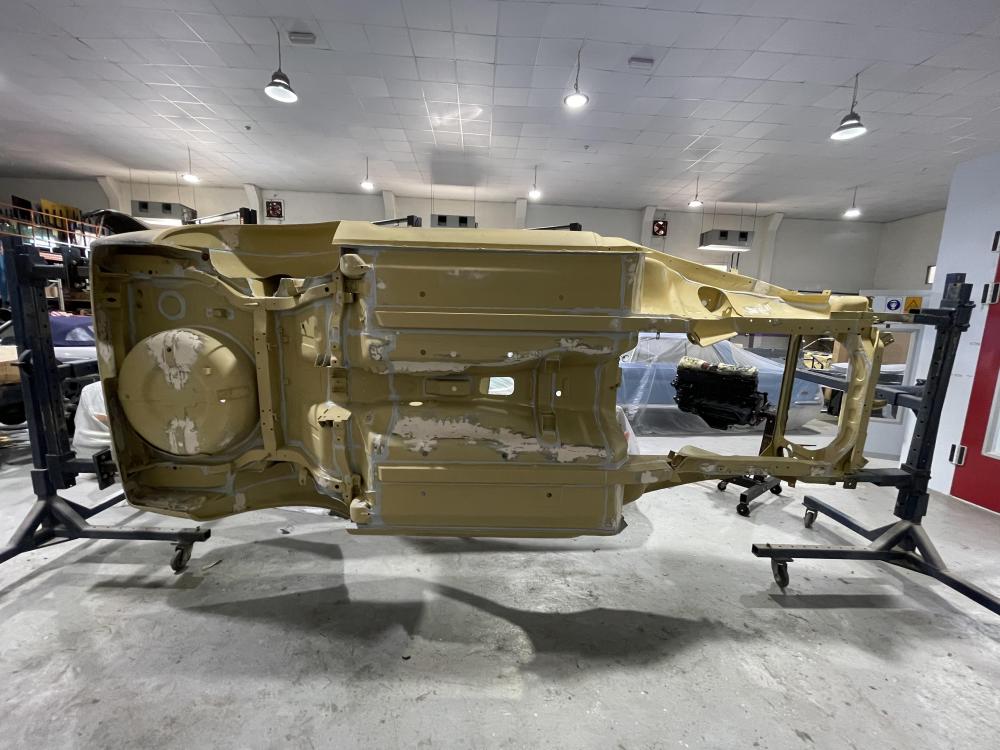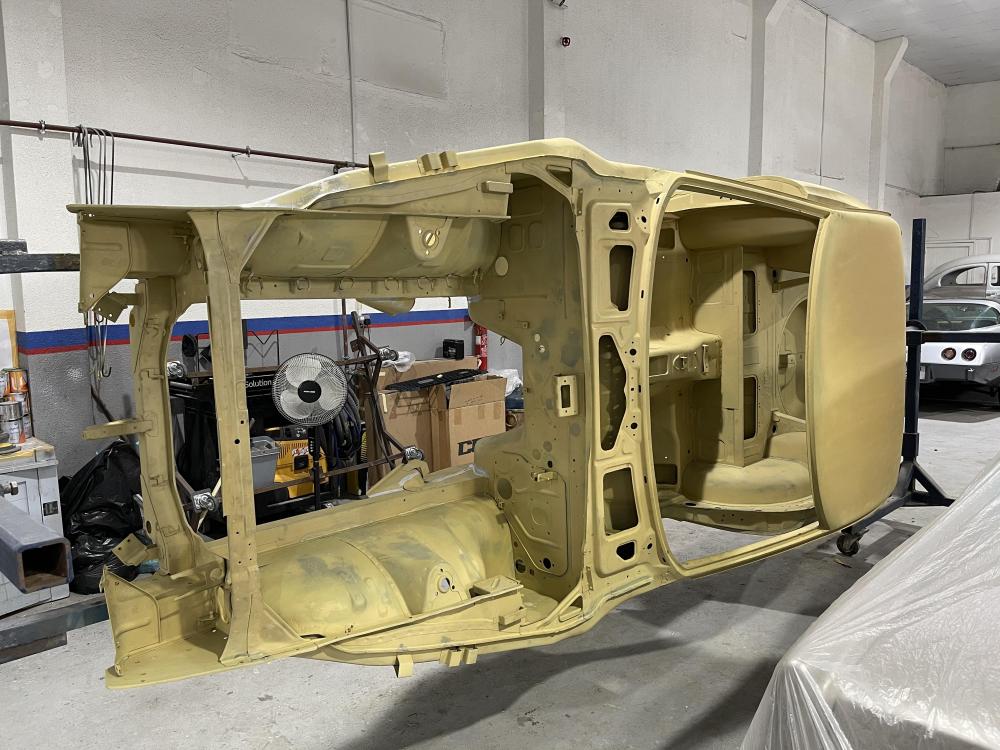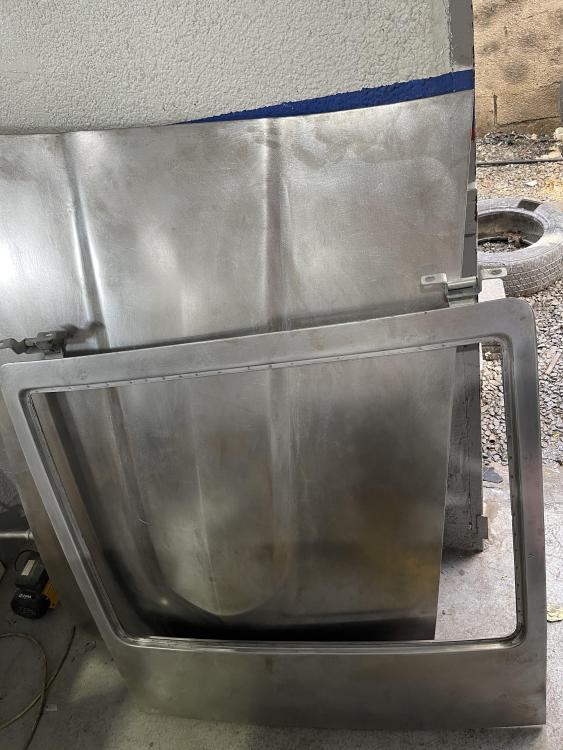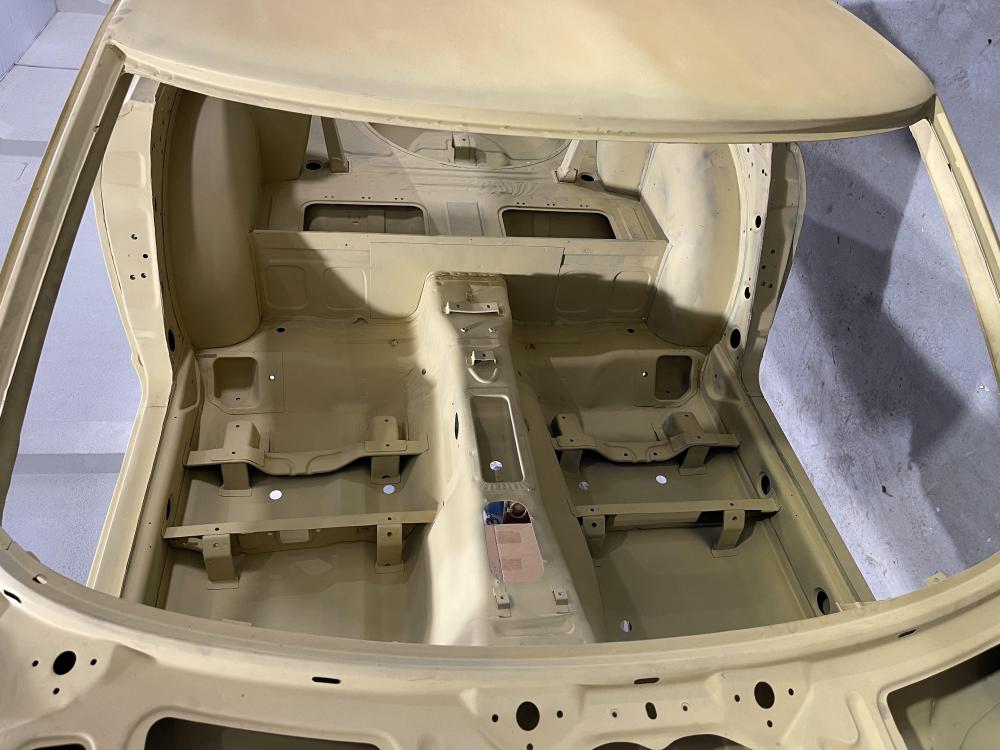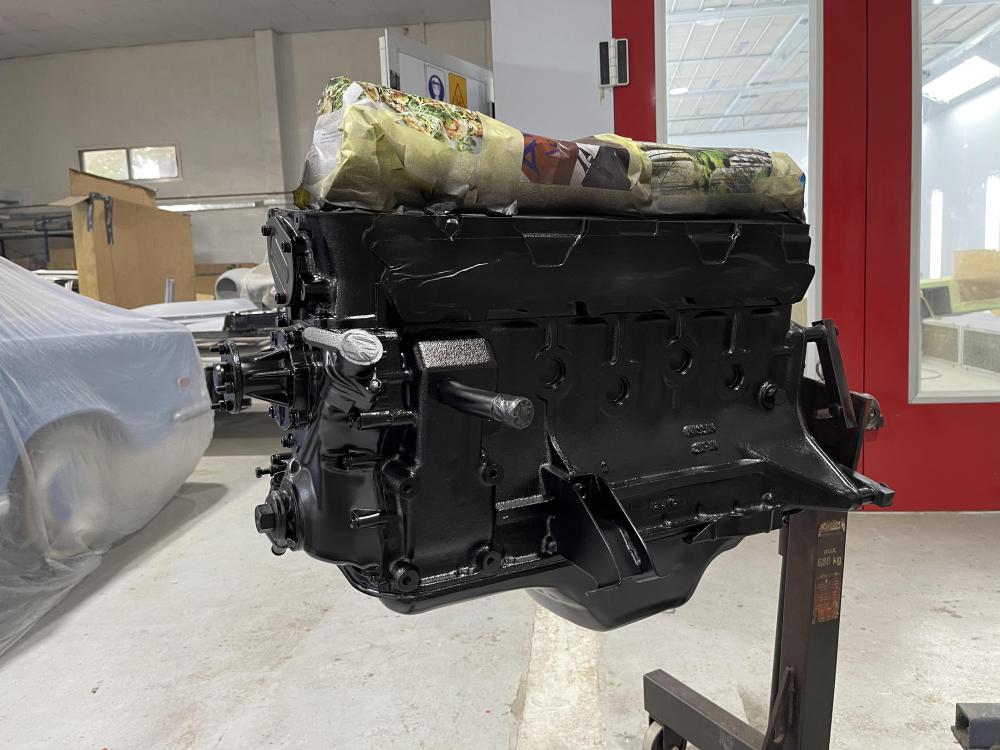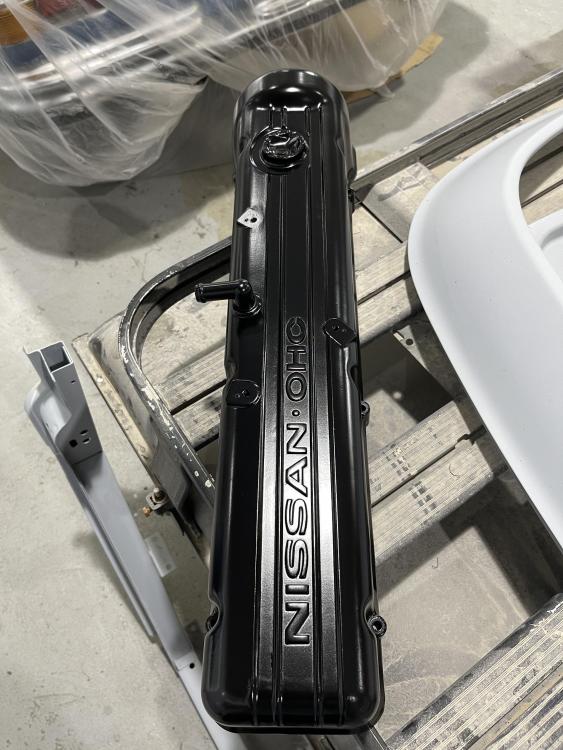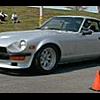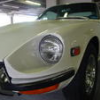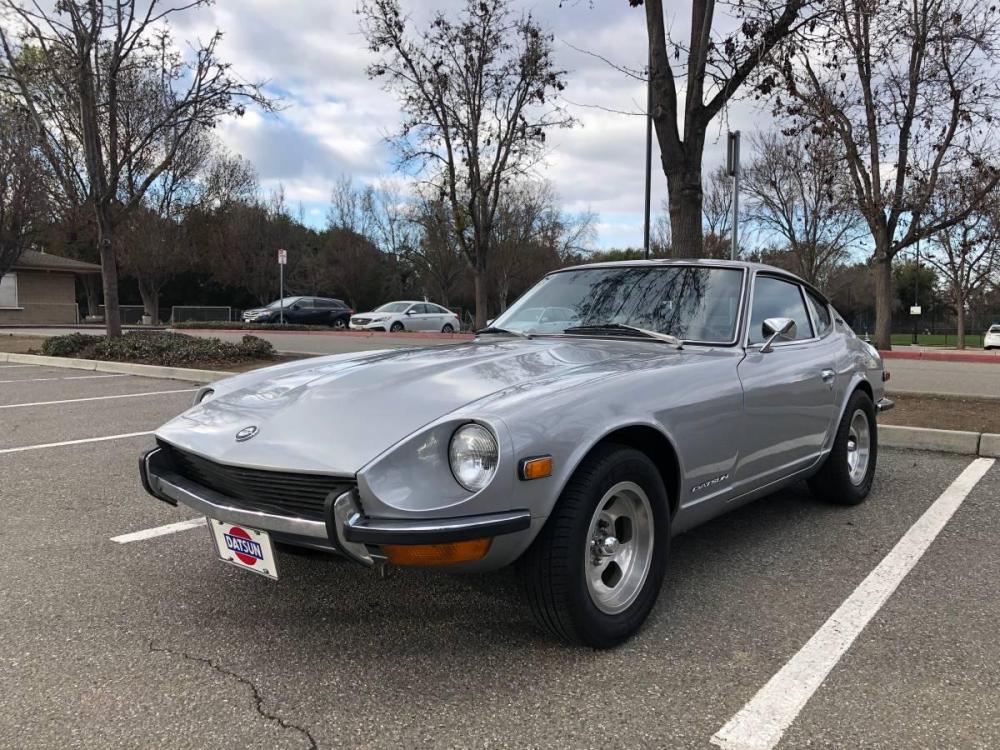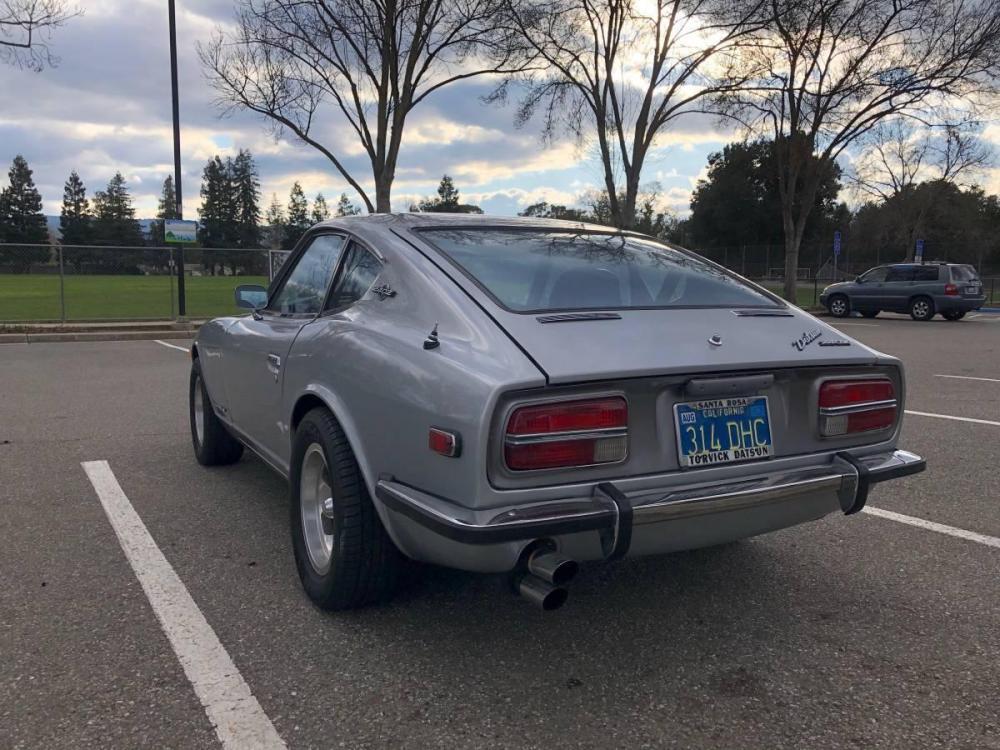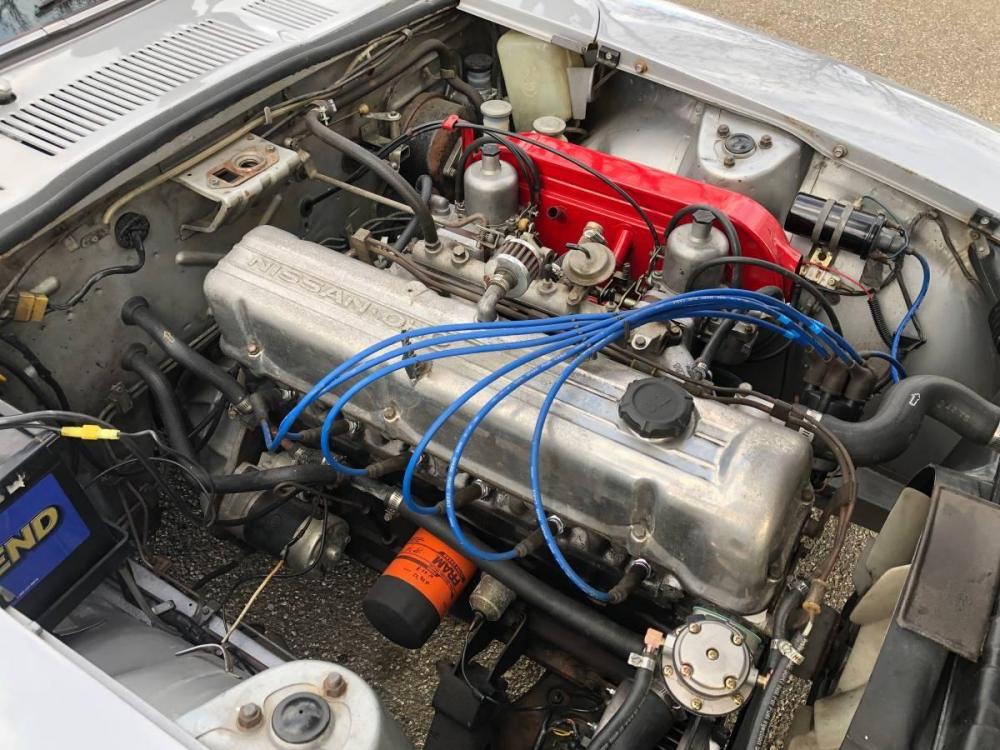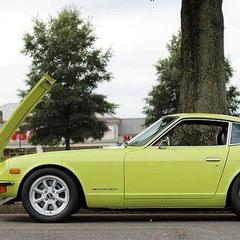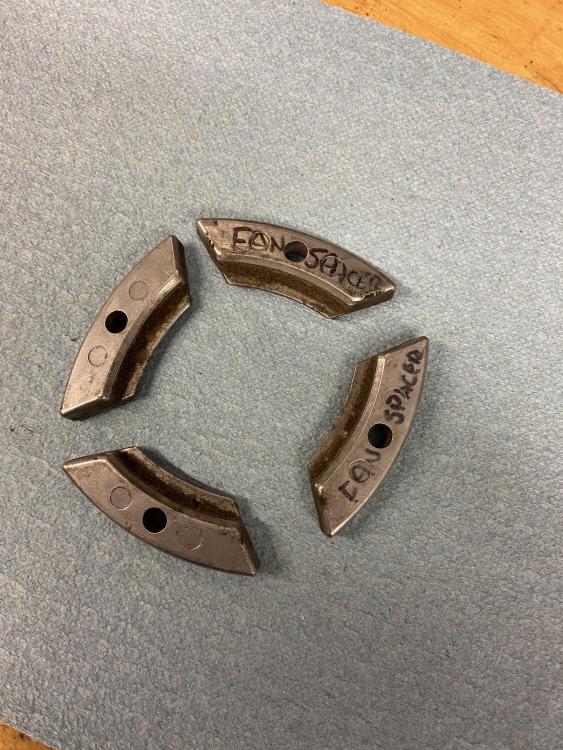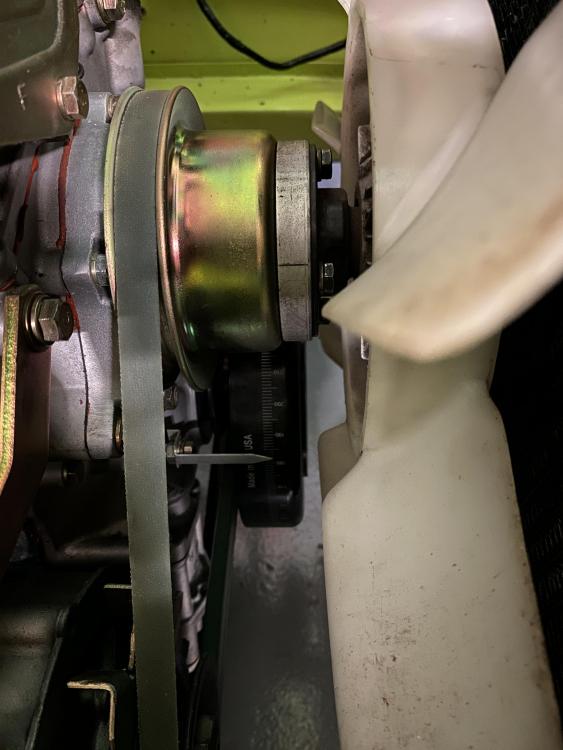Here's a late Series I 240Z that I found on the Los Angeles Craigslist:
1971 Datsun 240Z - Series 1 - $32,000
https://losangeles.craigslist.org/lac/cto/d/san-jose-1971-datsun-240z-series/7279996761.html
CAR IS LOCATED IN SAN JOSE, CA (Northern California). Please include your contact number when you email me.
NO LOW BALLERS, JOY RIDES. Due to the COVID-19 pandemic, I ask that we both respect each others time when scheduling viewing. I will not show to parties that refuse to wear a mask.
More Photos: https://drive.google.com/drive/folders/1LiqZgsw9V6sZVK56eSR5Hcr7t3x2U8e3?usp=sharing
1971 Datsun 240Z
VIN: HLS30- 20198
Color: 901 Silver
Asking Price: $32,000
Miles: 152,XXX
This 1971 Datsun 240Z is a late-Series 1 model and is an original California Blue Plate car. It was sold brand new by Torvick Datsun in Santa Rosa, California to Walter Frederickson on March 13, 1971 for $4,314.30. It has spent its entire life in Northern California, specifically the Santa Rosa area. The vehicle has always maintained its original silver exterior and black interior, and was professionally resprayed in the last 16 years. It has had a total of three owners (Walter Frederickson, Dante Liberatore, and Will Meyer) in its 49 years of existence, all of which are documented through bill of sales. The vehicle received a full refresh/repaint in 2004 and has seen very little miles since. The car comes extremely well-documented with the original purchase agreement, window sticker, user manuals, and brochures. All receipts from the original, second, third owners are included with the vehicle.
Body
During its last restoration in 2004, the body was stripped to bare metal, with all body work done by a professional. It was painted with five coats of Dupont Chroma Premier in the factory silver metallic color, followed by three coats of clear coat. Bumpers were re-chromed and assembled with all new bumper rubber. All new weather stripping was installed for the front windshield, rear hatch window, doors, hatch, quarter windows, and side windows. The car has no apparent rust rot outside of superficial surface rust. The battery tray had some acid drip on it, so it was a bit scaly when I got the car. I have since sanded it down and sprayed some matching paint on it. Floor pans, dog legs, hatch deck, and other areas that are typically known to rust are clean. One door has ever so slight bubbling under the paint (see photos). The chassis is believed to have roughly 152k miles, judging by the provided documentation. All Series 1 specific emblems are still maintained on the car - hatch vents, quarter panel “240Z” emblems, etc.
Engine
The engine was replaced in 1979 by the first owner, hence the car does not retain its original numbers matching engine. An appropriate 2.4L engine was fitted. In the last restoration, the radiator and heater core were overhauled and installed with all new hoses. When purchased by the current caretakers, the car had a Holley 390 CFM four barrel carburetor with Clifford manifold. This was replaced with a used pair of factory Hitachi SU carburetors and tuned to appropriate specifications. New NGK spark plugs, Taylor performance ignition wires, intake filter, valve cover seal and fuel filter were fitted. The oil was changed to an oil with high phosphorus and zinc oil, and radiator fluid was changed. The engine was professionally rebuilt in 2006 with a Crane 168-0010 cam, headers, and period correct stylish twin-tip Monza exhaust system. A compression test was taken on December 5, 2020 and resulted in the following numbers: 1. 165, 2. 162, 3.160, 4. 160, 5. 165, 6. 162. At the time, the car received a new battery, alternator, regulator, distributor, Pertronix Electronic Ignition and OEM spec coil. A new fuse box and harness utilizing a printed circuit and new spade fuses replaced the stock fuse box. The gas tank was completely cleaned in 2006, resealed and installed with all new hoses, including the proper emissions hoses and filler hoses.
Brakes
Front rotors and rear drums were reground during the last restoration, with remanufactured calipers, pads, and brake lines installed. New inner and outer wheel bears, races, and oil seals were also installed. In current ownership, both the brake and clutch hydraulic fluid have been replaced. Car does brake amazingly, not like your typical spongy brakes!
Transmission
The 4-speed factory transmission was professionally rebuilt in 2006, along with new shifter bushings installed. A new factory clutch, pressure pate, throw out bearing, pilot bushing, master cylinder, slave cylinder, driveshaft u-joints, and half shafts were installed.
Interior
Seats were professionally reupholstered with new foam and new reproduction seat covers. NOS door panels, new carpet, shift boots (inner and outer), emergency brake boot, window cranks, door handle escutcheons were added to touch up the interior. An Autopower roll bar, aftermarket luggage bar were also added. The car maintains several original Series 1 components such as the 20-mph speedometer, behind-seat compartments, center console, coin tray, ashtray, hole-free spoked steering wheel, hatch inner vent panel, choke knob, radio, etc. Car comes with the AC system that was removed by the prior owner.
Suspension
In 2006, the car received a new rack and pinion steering rack, rubber bushings, and steering coupler. New factory strut cartridges were also installed. Original dealer installed mags were also installed during this time.
 Subscriber
Subscriber 5Points271Posts
5Points271Posts Subscriber
Subscriber 2Points11,142Posts
2Points11,142Posts




